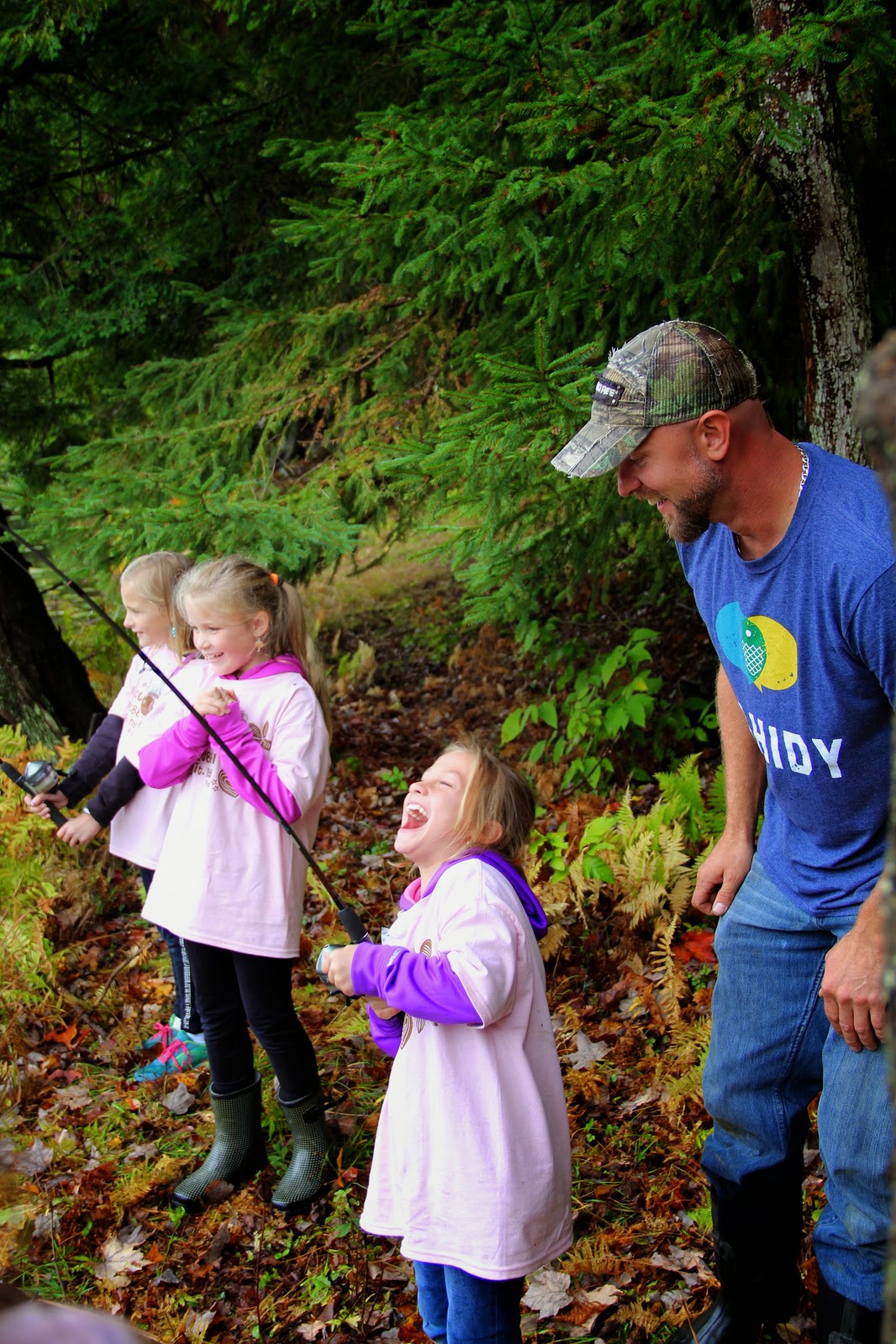There’s a rapidly increasing risk to all outdoor enthusiasts. Ticks carrying Lyme disease are being found in large numbers, and in places where you would least expect them. If you’re not prepared and aware of the risk, you’re putting yourself and your loved ones at risk. So here are some facts and some preventative techniques that can help you avoid exposure.
Location
When most people think of ticks they immediately think of deer ticks, which takes their mind to rural areas. “The woods”. However, my dear friend and world renown scientist Dr. Ralph Garruto of Binghamton University has been conducting research that would shock you. Ralph and I hunt and fish together, and we always thoroughly check ourselves and our dogs for ticks following any trips to the field. Whether that be after we fished a river from the bank in town, or hunted pheasant in a field of high grass, or hunted deer in densely wooded areas. But Ralph informed me that the focus of his research has been on urban areas, targeting parks, backyards, campuses, places that people would consider “comfort zones” where there’s no threat of Lyme disease.
“You may be at lesser risk when you’re hunting/fishing because you’re aware of the risk and you take actions and precautions that you don’t in the city” said Ralph. “Our study is incomplete. We are still in the second year and have collected roughly 5,000 ticks from Broome and Chenango counties in NY and have found that the rate of ticks infected appears to remain relatively constant, between 35-45% in both urban and rural areas.
Urban areas like this dam located near Dorchester Park in Whitney Point NY can be a dangerous place for unsuspecting visitors.
The Hudson Valley of New York State is comprised of the communities that stretch from the Albany and Troy area, all the way down state to Westchester County and Yonkers near New York City. This area actually has the highest number of cases of Lyme disease in the country. This is significant because anyone familiar with that area will tell you that it’s not the first place that comes to mind when you think of a rural destination. Yes there are hills and beautiful arenas of outdoor recreation, but there are many cities and college campuses in those areas that are home to millions of people.
So what exactly is Lyme Disease?
Lyme is a disease caused by the Lyme bacteria, Borrelia burgdorferi, that is infectious to humans, cats, and dogs. How it is spread is fascinating. Ticks have 4 stages in their life cycle that lasts roughly 2 years: egg, larvae, nymph, and adult. Eggs do not carry the Lyme bacteria. However, at every life stage beyond the egg stage, a tick must have a blood meal to progress. The white-footed mouse is found to be the most competent reservoir for the infected agent. Ticks that bite mice become infected 80-90% of the time. What’s so incredible is that newborn mice are not infected at birth either, but they become so when bitten by infected ticks! Ralph’s research suggests that areas that have high populations of the rodents, such as the white-footed mouse, have higher levels of human infection.
How do Deer play a role?
Deer act as a breeding ground and as a distributor of ticks over a large area. Primarily, adult ticks are found on deer in November. An adult female must take a blood meal to mate and lay her eggs, so it is imperative that you be vigilant in coming weeks while hunting, fishing, apple picking, trick or treating, or hiking. My friend Danny recently walked the boundaries of the property we hunt putting up posted signs and found 9 ticks on him after a few hours of hiking.
So how do we stay protected?
“The best defense is awareness” according to Ralph. Aside from that, examine yourself thoroughly. Take hot showers when you get home. Shake your clothes off outside or put them in the dryer on high heat. Tuck your pants into your socks or use Velcro strips. Comb your pets. Use repellent that’s got a high level of DEET, at least 25-30%. And use an actual tick remover if you do find one attached. If you pull it out with your fingers you could separate the body from the head and leave part of the tick imbedded in your skin. Ralph also encourages everyone to see their local doctor if bitten and to take with them any ticks that were attached to have them tested rather than just discard them. You can find more information from the CDC or The New York State Department of Health.

.jpeg)





.png)
.png)













.jpg)
.png)